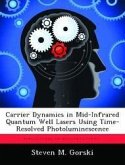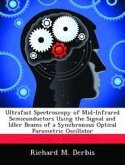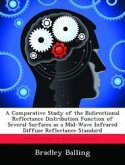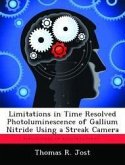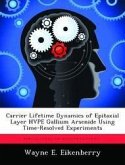Research in the field of mid-wave infrared (MWIR) semiconductor photonic devices has led to applications in a variety of disciplines including atmospheric monitoring, optical communications, noninvasive glucose testing for diabetics, and infrared (IR) countermeasures. One of the limiting factors for improving the modulation rates of MWIR devices is the carrier relaxation time. This is the time required for energetic carriers to cool to the edge of their respective bands in a bulk semiconductor material, or to the bottom of a well through interand intrasubband scattering in a quantum well (QW) structure. From these lower energy states, they can then recombine radiatively in photonic devices. This investigation utilized the nonlinear optical technique of frequency upconversion to perform timeresolved luminescence spectroscopy on epitaxial bulk InAs, InAsSb/InAlAsSb type I QW structure, and InAs/GaInSb type II QW samples to calculate carrier relaxation times in each as a function of excitation irradiance and sample temperature.
Bitte wählen Sie Ihr Anliegen aus.
Rechnungen
Retourenschein anfordern
Bestellstatus
Storno


